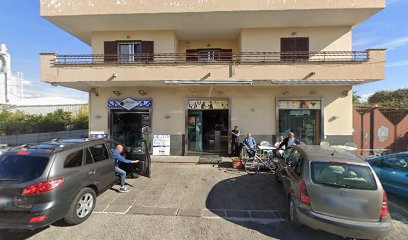
Vicolo del Lupanare: An Insight into Pompeii's Past
Discover the allure of Vicolo del Lupanare, an ancient brothel in Pompeii, revealing the secrets of Roman social life through captivating frescoes.
Vicolo del Lupanare is a fascinating site in Pompeii, offering visitors a glimpse into the ancient city's vibrant history. This ancient brothel, adorned with frescoes and inscriptions, serves as a captivating reminder of the social customs of the time. Exploring this unique location allows tourists to connect with Pompeii's storied past while marveling at the preserved artistry that reflects the daily lives of its inhabitants.
A brief summary to Vicolo del Lupanare
- Pompei, Metropolitan City of Naples, 80045, IT
Local tips
- Visit early in the morning to avoid crowds and fully appreciate the site.
- Consider hiring a local guide to gain deeper insights into the history and significance of the site.
- Bring a camera to capture the stunning frescoes and architectural details, but be respectful of the site.
- Wear comfortable shoes as the uneven ancient stones can be challenging to navigate.
- Take time to explore the nearby ruins to get a broader context of life in Pompeii.
Getting There
-
Walking
From the Amalfi Cathedral (Duomo di Amalfi), head east on Via Lorenzo d'Amalfi. Continue straight until you reach the main road, and then turn left onto SS163. Follow the road for about 5 minutes until you reach the Amalfi Bus Station. Here, you can catch a SITA bus to Pompeii. Make sure to check the bus schedule as it may vary. The ride to Pompeii will take approximately 30 minutes.
-
Bus
Once you arrive at the Pompeii bus stop, exit the bus and walk straight ahead towards the entrance of the archaeological site. You will see signs directing you to the entrance of Pompeii. Follow the signs for about 10 minutes until you reach the main entrance gates.
-
Train
Alternatively, after arriving at the Pompeii bus stop, you can walk to the Pompei Scavi - Villa dei Misteri train station, which is about a 15-minute walk. From the bus stop, head left and walk until you reach the train station. Here, you can buy tickets and board a train towards Naples if interested in further exploration.
Discover more about Vicolo del Lupanare
Iconic landmarks you can’t miss
Pompeii Archaeological Park
0.2 km
Discover the haunting beauty of Pompeii Archaeological Park, a UNESCO World Heritage site that reveals the extraordinary remnants of ancient Rome.

Foro di Pompei
0.2 km
Discover the rich history of ancient Rome at Foro di Pompei, a UNESCO World Heritage site filled with stunning ruins and captivating stories.

Teatro Piccolo
0.2 km
Experience the magic of live performances at Teatro Piccolo, a cultural treasure in the heart of Pompei, Italy, steeped in history and artistic flair.
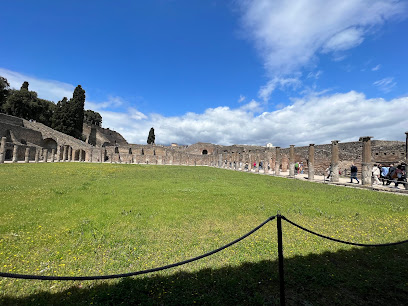
The House of Caecilius
0.2 km
Explore the House of Caecilius in Pompeii, a beautifully preserved historical landmark revealing the opulent lifestyle of ancient Romans through exquisite frescoes and architecture.
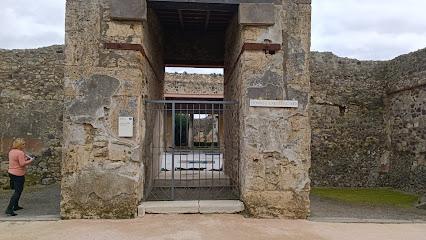
Tempio della Fortuna Augusta
0.2 km
Discover the ancient elegance of the Temple of Fortuna Augusta in Pompeii, a historical treasure that unveils the spiritual heritage of the Romans.
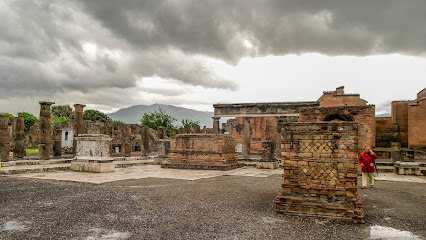
Granaries of the Forum
0.2 km
Discover the rich history and impressive architecture of the Granaries of the Forum, a monumental site in ancient Pompeii that showcases Roman ingenuity.
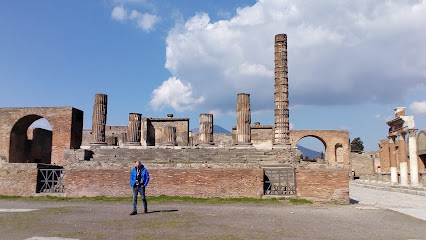
House of Menander
0.2 km
Explore the House of Menander, an exquisite archaeological site in Pompeii showcasing ancient Roman art and architecture amidst captivating history.

Santuario di Apollo
0.2 km
Explore the captivating Sanctuary of Apollo in Pompeii, a historical landmark that reveals the rich religious heritage of ancient Rome.
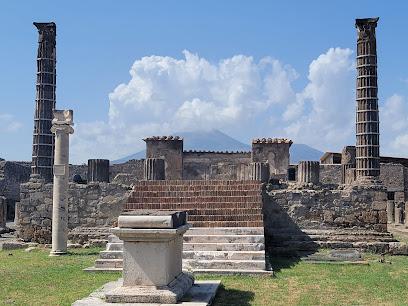
Quadriporticus of the theatres
0.2 km
Explore the grandeur of the Quadriporticus of the Theatres, an iconic archaeological site revealing the vibrant history of ancient Pompeii.
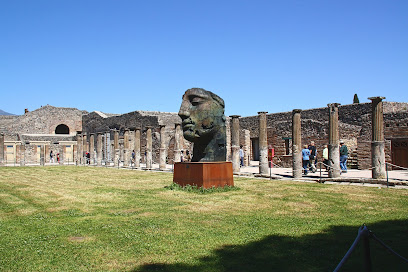
Forum Baths
0.3 km
Explore the Forum Baths in Pompeii, where ancient Roman culture meets architectural brilliance in a serene historical landmark.

Casa del Centenario
0.3 km
Explore the rich history and serene beauty of Casa del Centenario, a historical landmark in Pompei that offers a glimpse into ancient Roman life.

House of the Faun
0.3 km
Discover the grandeur of the House of the Faun, an ancient Roman gem in Pompeii, showcasing stunning mosaics, frescoes, and lush gardens.

Basilica
0.3 km
Discover the grandeur of the Basilica of Pompeii, a monumental site that showcases the rich history and architectural brilliance of ancient Rome.
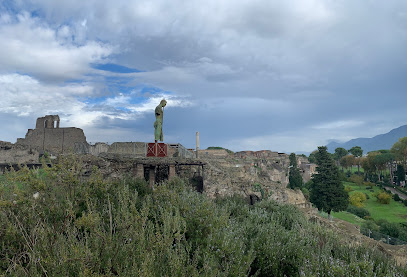
Casa e Thermopolium di Vetutius Placidus
0.3 km
Explore the rich history of Casa e Thermopolium di Vetutius Placidus, an ancient Roman house and eatery in the heart of Pompeii's archaeological wonders.
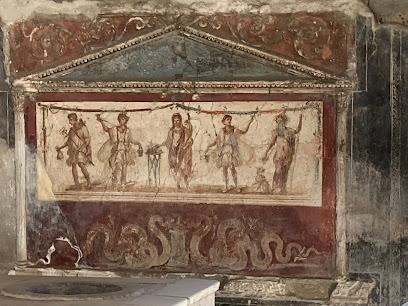
Casa delle Nozze d’Argento
0.3 km
Explore the Casa delle Nozze d’Argento in Pompeii, a historical landmark showcasing ancient Roman life through stunning frescoes and architecture.
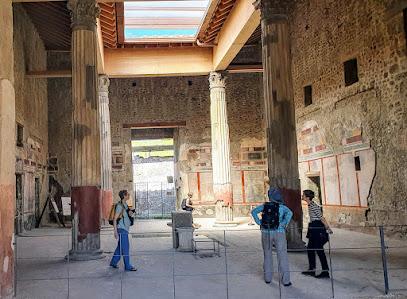
Unmissable attractions to see
Lupanare di Pompei
0.0 km
Explore Lupanare di Pompei, the ancient Roman brothel, and uncover the intriguing stories of love and life in Pompeii's vibrant past.
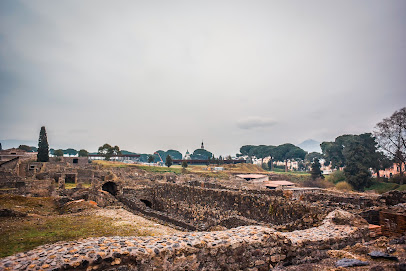
Lupanar Grande
0.0 km
Discover the captivating history of Lupanar Grande, an ancient Roman brothel in Pompei, showcasing stunning frescoes and artifacts of a bygone era.
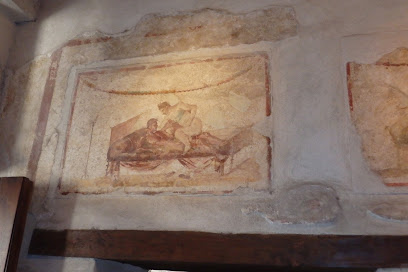
Terme Stabiane
0.0 km
Explore the ancient luxury of Terme Stabiane, the exquisite thermal baths of Pompeii, where history and relaxation meet.
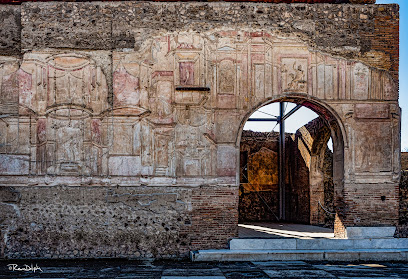
Casa dell'Orso Ferito
0.1 km
Explore the rich history and stunning architecture of Casa dell'Orso Ferito in Pompei, an essential stop for every traveler seeking to uncover ancient Roman life.
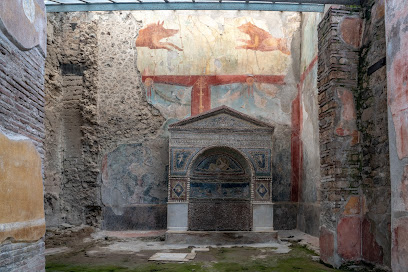
Thermopolium
0.1 km
Explore the Thermopolium, an ancient Roman fast-food landmark in Pompeii, revealing the culinary traditions and vibrant life of the past.
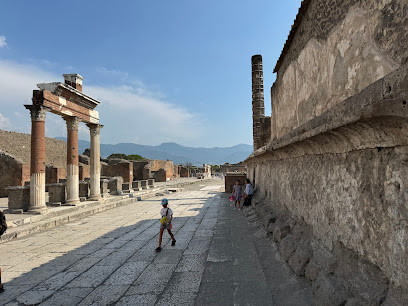
Building of Eumachia
0.1 km
Discover the Building of Eumachia in Pompeii, a stunning monument that reveals the city's rich history and architectural brilliance.
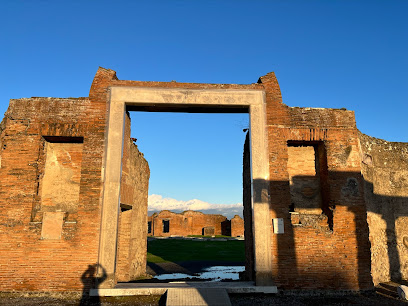
Temple of Isis
0.1 km
Explore the Temple of Isis in Pompei, a stunning historical landmark showcasing the fusion of Roman and Egyptian cultures through ancient worship.
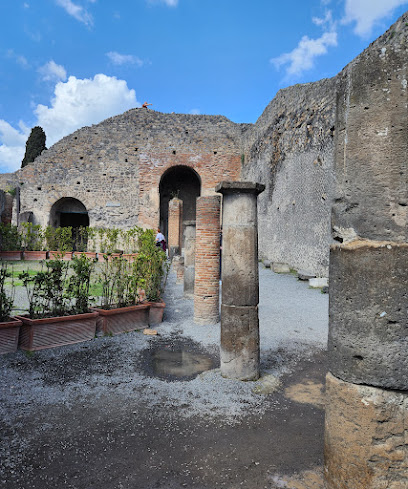
Panificio di Modesto
0.1 km
Explore the Bakery of Popidio Prisco in Pompei, a well-preserved glimpse into ancient Roman baking and daily life, steeped in history and culture.

Casa della Caccia Antica
0.2 km
Discover the exquisite Casa della Caccia Antica in Pompeii, where ancient Roman artistry and architecture come to life amidst historical treasures.
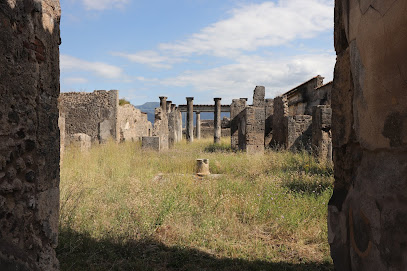
Sanctuary of Lari Pubblici - Excavations
0.2 km
Explore the Sanctuary of Lari Pubblici in Pompeii, a captivating monument that reveals the spiritual life of ancient Romans amid stunning archaeological wonders.
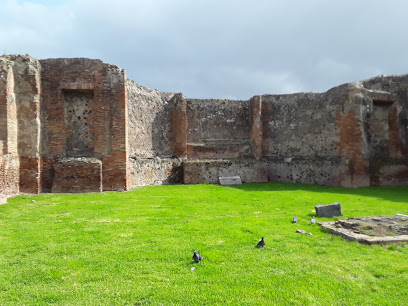
Macellum
0.2 km
Explore the ancient Macellum of Pompeii, a bustling marketplace that reveals the vibrant life of Roman civilization through its stunning ruins and rich history.
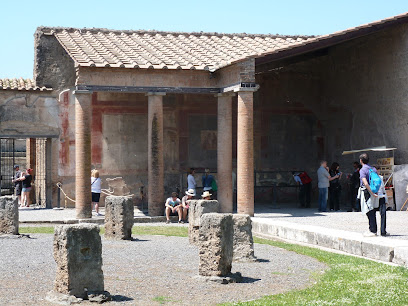
Tempio di Vespasiano
0.2 km
Discover the ancient beauty of Tempio di Vespasiano in Pompei, a remarkable archaeological site showcasing Roman architectural brilliance.
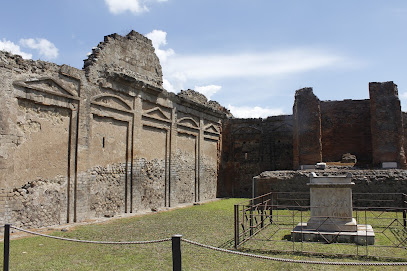
Fullery of Stephanus
0.2 km
Explore the Fullery of Stephanus in Pompeii, an ancient laundry revealing the daily life and industry of Romans before the eruption of Vesuvius.
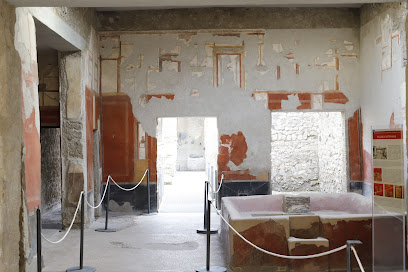
Archaeological Park of Pompeii
0.2 km
Explore the ancient ruins of Pompeii, where history comes alive in the shadow of Mount Vesuvius, revealing the daily life of a Roman city frozen in time.

Teatro Grande
0.2 km
Discover the grandeur of Teatro Grande, an ancient Roman amphitheater in Pompeii, where history and architecture come alive amidst captivating ruins.

Essential places to dine
Ventuno grammi - anima in cucina
0.4 km
Experience authentic Italian flavors at Ventuno Grammi - Anima in Cucina, where every dish tells a story of tradition and passion.
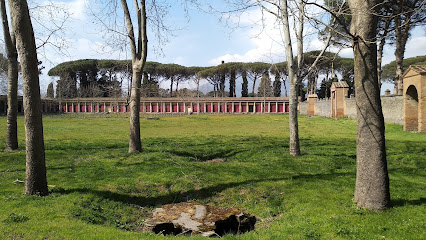
Ristorante pizzeria Turistico
0.4 km
Experience authentic Italian flavors at Ristorante Pizzeria Turistico near Pompeii's ancient ruins.

Ristorante Suisse
0.4 km
Experience authentic Italian cuisine at Ristorante Suisse in Pompei, where flavor meets tradition in a charming setting.
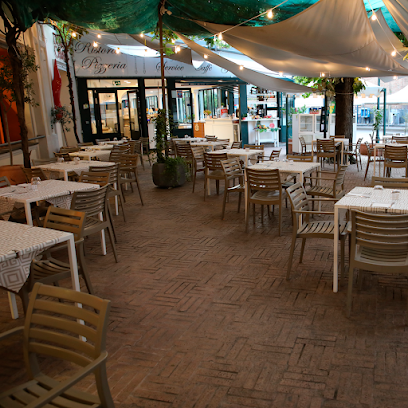
Shaval
0.5 km
Discover authentic Italian flavors at Shaval in Pompei—home to delicious pizzas and traditional dishes crafted with love.
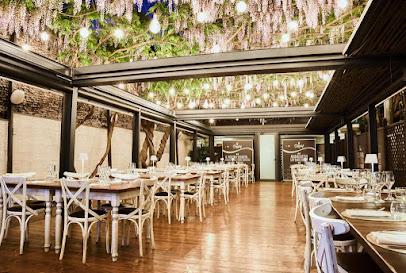
Caupona Pompeii
0.5 km
Experience authentic Roman cuisine at Caupona Pompeii—where every meal tells a story of ancient culinary traditions.
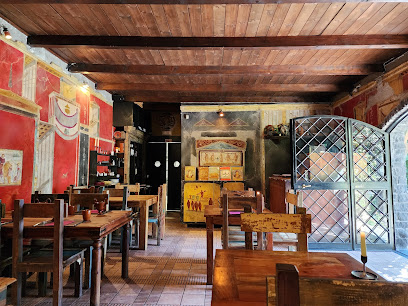
Hortus Pompei, Restaurant & Garden Bar
0.5 km
Discover Hortus Pompei: A charming garden restaurant offering authentic Italian cuisine amidst the historic beauty of Pompeii.

Vesuvio
0.5 km
Experience authentic Italian cuisine at Ristorante Il Vesuvio in Pompei - a must-visit for pizza lovers and culinary enthusiasts alike.
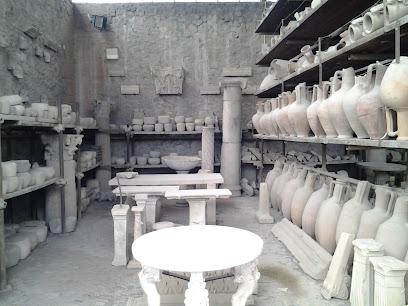
Ristorante Pizzeria IMatti
0.5 km
Experience exquisite Italian flavors at Ristorante Pizzeria IMatti in Pompei—home to mouthwatering pizzas and authentic regional dishes.
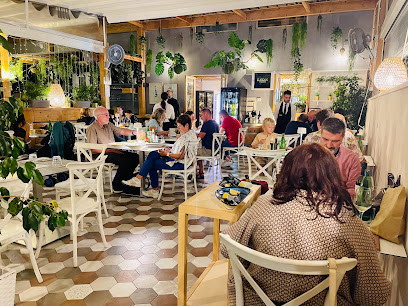
Caupona Pompei Ristorante
0.6 km
Experience authentic Italian cuisine at Caupona Pompei Ristorante near Pompeii's historic ruins—where every meal is steeped in tradition.
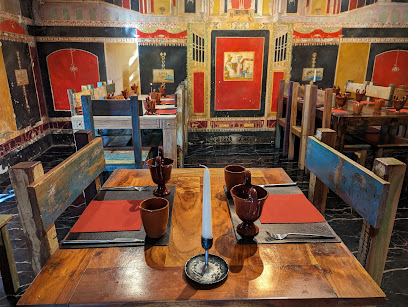
Varnelli Pizzeria Bistrot Ristorante
0.6 km
Discover authentic Italian flavors at Varnelli Pizzeria Bistrot Ristorante in Pompei – where delicious pizzas meet inviting ambiance.
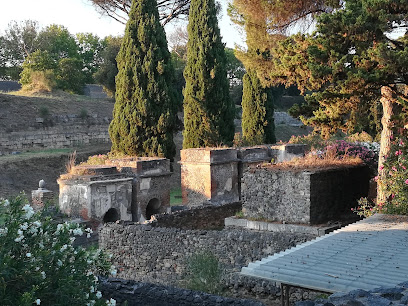
So Zen Mediterranean Restaurant & Arabian Lounge Bar
0.7 km
Experience exquisite Mediterranean flavors at So Zen Restaurant & Lounge Bar in Pompei - a perfect blend of dining and relaxation.
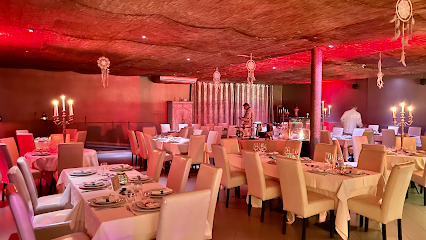
Ristorante Anfiteatro
0.7 km
Experience authentic Italian cuisine at Ristorante Anfiteatro in Pompei – where tradition meets flavor in a family-friendly atmosphere.

Stuzzico By Lucius
0.7 km
Experience authentic Italian cuisine at Stuzzico By Lucius in Pompei – where tradition meets flavor.
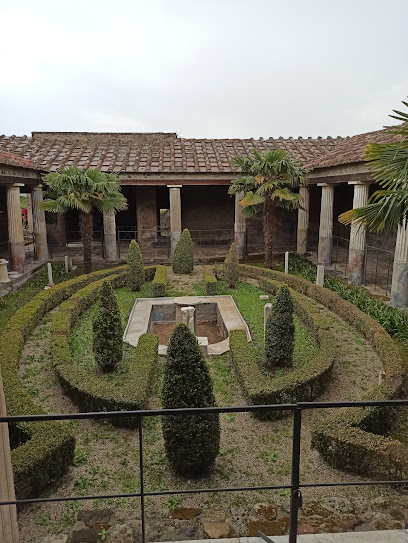
Ristorante Corallo
0.7 km
Experience authentic Italian cuisine at Ristorante Corallo in Pompei – where every meal is a celebration of local flavors and tradition.

Ristorante Tiberius Pompei
0.7 km
Experience authentic Italian cuisine at Ristorante Tiberius in Pompeii - where history meets exceptional dining.

Markets, malls and hidden boutiques
See Pompeii
0.4 km
Explore See Pompeii for unique souvenirs that capture the unforgettable spirit of this ancient Roman city.

Cellini Gallery Cameos & Corals
0.4 km
Discover exquisite handcrafted cameos and coral jewelry at Cellini Gallery in Pompei, a treasure trove of Italian artistry and heritage.
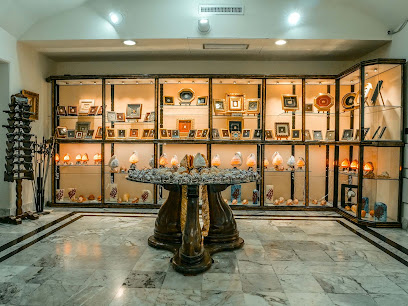
Pipol
0.6 km
Discover unique fashion treasures at Pipol, a boutique in Pompei offering a blend of local craftsmanship and contemporary style.

B&B Domus Vettii Pompei
0.6 km
Experience the charm of Pompei at B&B Domus Vettii, your perfect base for exploring ancient ruins and indulging in local delights.
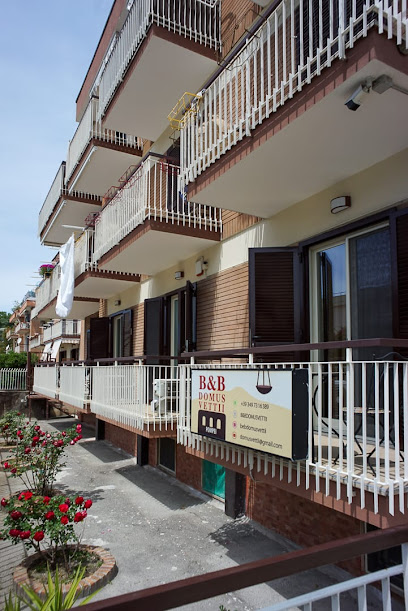
Casa Dei Vettii B&B
0.6 km
Discover the enchanting Casa Dei Vettii B&B in Pompei, where comfort meets history just moments away from the ancient ruins.
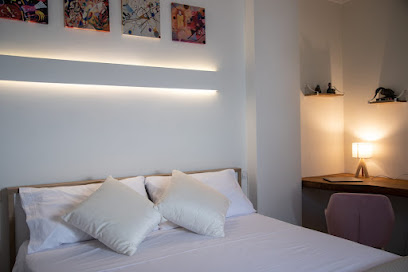
Boutique Demil Di Emilia Di Paolo
0.8 km
Discover exquisite Italian fashion at Boutique Demil Di Emilia Di Paolo in Pompei, where style meets heritage in a charming setting.
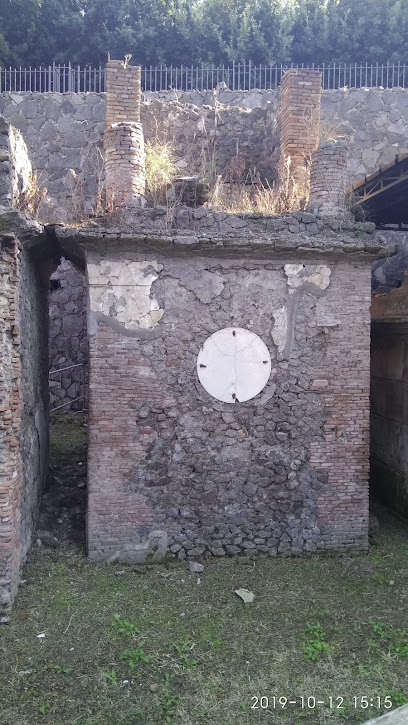
Mida Sport
0.8 km
Discover Mida Sport in Pompei – your ultimate destination for quality sporting goods, perfect for athletes and adventurers exploring Italy.

Pasticceria De Vivo since 1955 in Pompeii
0.9 km
Experience the rich flavors of Italy at Pasticceria De Vivo, Pompeii's beloved cake shop, offering delightful pastries, gelato, and coffee.
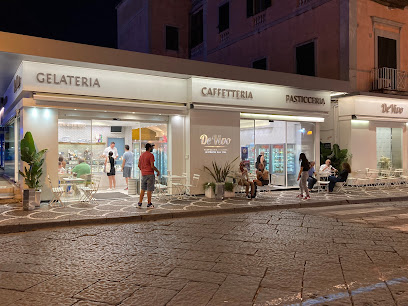
roberta falco shop
1.0 km
Explore the stylish offerings at Roberta Falco Shop in Pompei, where Italian fashion meets a unique shopping experience amidst ancient history.

carotenuto s.a.s.
1.0 km
Explore Carotenuto S.A.S. in Pompei for unique religious gifts, wedding souvenirs, and authentic local crafts that capture the essence of this historic city.

Souvenir e Gadgets di Monaco L.
1.0 km
Discover the charm of Pompei through unique souvenirs and gadgets at Souvenir e Gadgets di Monaco L., your perfect shopping destination.
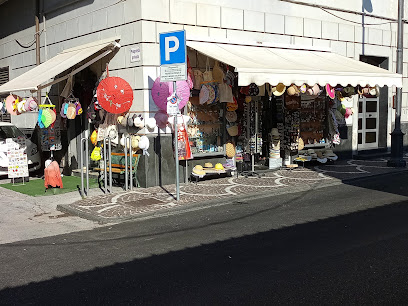
Ricordi Pompeiani di Antonio Cestra
1.1 km
Discover unique souvenirs at Ricordi Pompeiani di Antonio Cestra, where every piece tells a story of Pompeii's rich heritage.

Happy Shopping
1.1 km
Explore the authentic Asian household goods at Happy Shopping in Pompei, where tradition meets contemporary style.

Fitness store Pompei
1.2 km
Discover the best sports nutrition products at Fitness Store Pompei, where health meets expertise in the heart of historic Pompei.

Aurum S.n.c.
1.2 km
Explore unique handicrafts and fashion accessories at Aurum S.n.c. in Pompei, where Italian artistry comes to life.

Essential bars & hidden hideouts
FOUR BASE
0.4 km
Experience the vibrant atmosphere and delightful drinks at FOUR BASE, the perfect bar for tourists in the heart of Pompei.

Bar Bouvette Misteri Di Vorro Luig
0.5 km
Discover the charm of Bar Bouvette Misteri Di Vorro Luig in Pompei, where refreshing drinks meet a cozy atmosphere amidst ancient history.

Malafronte Giuseppe
0.7 km
Discover the charm of Malafronte Giuseppe, a cozy bar in Pompeii, perfect for unwinding after exploring ancient ruins with delightful drinks and warm ambiance.
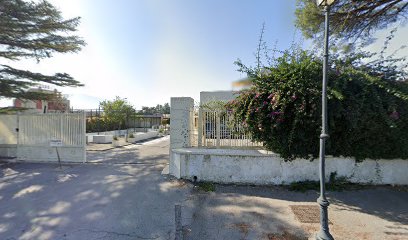
'Mericano (Pub - Steak House - Birreria) Pompei
0.8 km
Savor delicious steaks and craft beers at Mericano, the ultimate pub experience in Pompei, Italy.
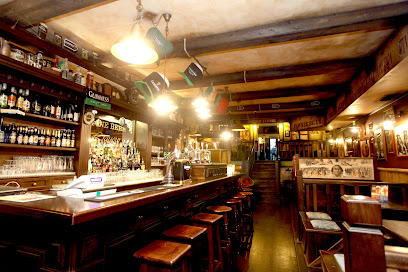
Risto-Pub Stella
0.8 km
Discover the culinary delights of Risto-Pub Stella, where traditional Italian cuisine meets modern gastropub flair in the heart of Pompei.
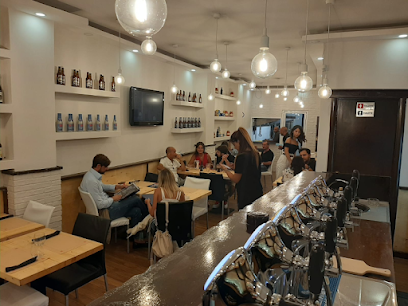
Bar Sport
0.9 km
Experience the essence of Italian hospitality at Bar Sport, a lively bar in the heart of Pompei, perfect for coffee and socializing.
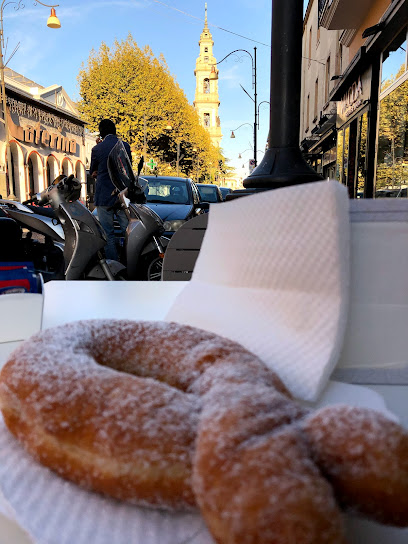
Pub27
0.9 km
Experience the lively atmosphere and local flavors at Pub27, the must-visit pub in Pompei for relaxation and socializing.
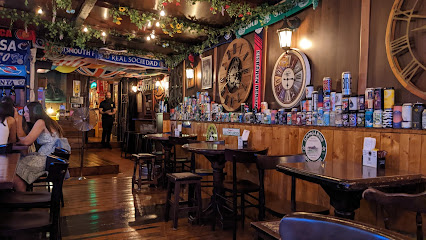
The Dream 64
0.9 km
Experience the unique flavors of The Dream 64 in Pompeii, where gourmet burgers and local drinks meet warm hospitality.
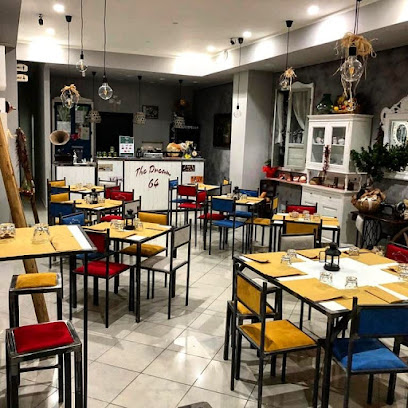
THE ROOF
1.0 km
Discover a cocktail paradise with stunning views at The Roof in Pompei, where every sip and bite tells a story of local flavors.

CAFFETTERIA STONE AGE
1.0 km
Discover the charm of Caffetteria Stone Age in Pompei, where authentic Italian coffee meets a cozy atmosphere.

Pompei Via Roma
1.0 km
Experience the heart of Pompei at Via Roma, where local flavors meet vibrant ambiance in a cozy bar setting.
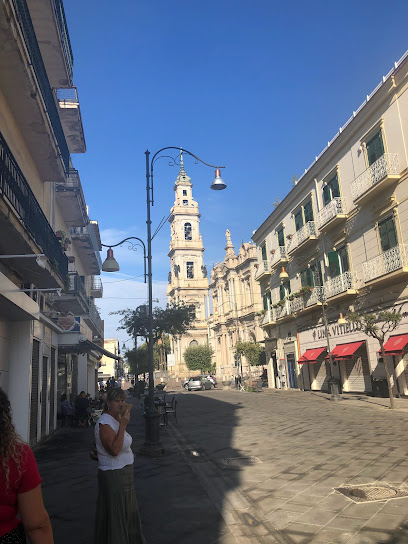
Wolf Irish Pub
1.1 km
Discover the charm of Wolf Irish Pub in Pompei, where Irish hospitality meets Italian warmth in a delightful dining experience.

Methe Pompei
1.2 km
Experience the lively ambiance and delightful drinks at Methe Pompei, the perfect bar to relax after exploring the iconic ruins of Pompeii.

Open Bar Pompei
1.2 km
Experience the vibrant atmosphere of Open Bar Pompei, a perfect spot for drinks and fast food near the historic ruins.

Meet café Sala Interna Wine Bar
1.3 km
Experience authentic Italian wines and delightful bites at Sala Interna Wine Bar in the heart of Pompei, a must-visit for every traveler.
